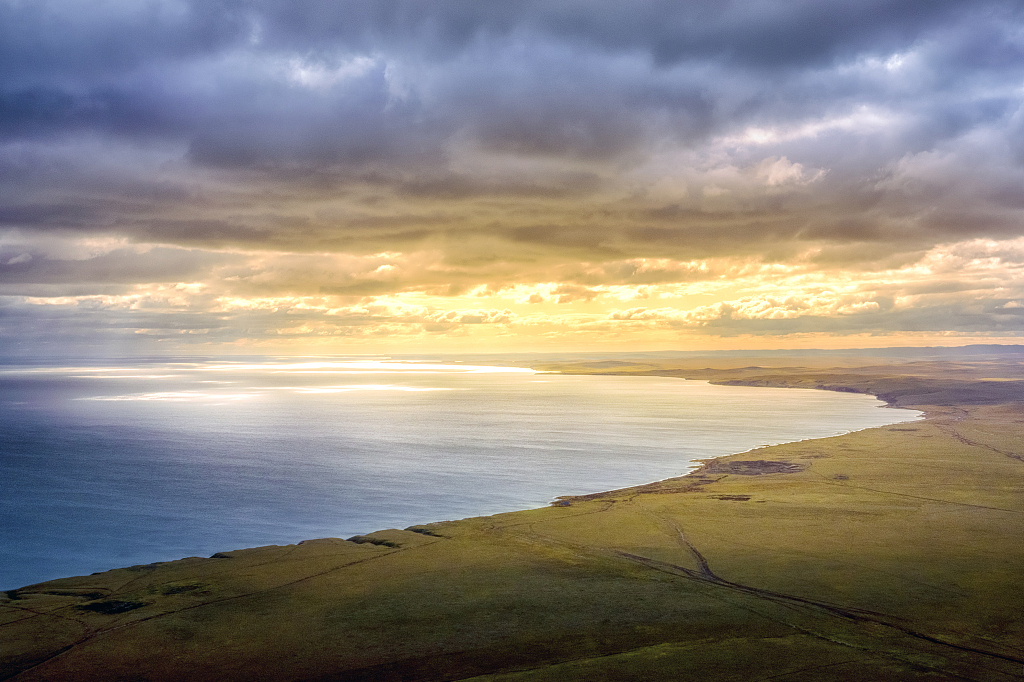After a decade of ecological treatment, birds chirping, grass growing and water splashing, the wetlands around Hulun Lake in north China’s Inner Mongolia Autonomous Region have experienced improved biodiversity.

Human activities and soil erosion had been blamed for a drastic fall on the water table of the lake since 2000. The lake’s water storage decreased to about 4.5 billion cubic meters in 2010 from its previous average of 12 billion cubic meters, with a shrinkage rate of 60 percent.
Hou Yuguang, in his 50s, recalled that the grass and birds around his house on the lakeshore disappeared.
Dubbed the “kidney of the grassland,” the body of water on Hulun Buir Grassland was included on the list of internationally important wetlands in 2002.
In 2014, the municipal government of Hulun Buir initiated a fishing moratorium in the core lake area, which has been prolonged through this year.
In 2016, the local government started to implement a number of ecological protection and treatment projects including treating the desertified land around the lake and shutting down the catering and tourism enterprises in the reserve. By 2020, a total of 46,900 hectares of desertified land had been treated.
Hou’s family was among 460 households relocated from the lake reserve in 2018. Grazing was banned on 845,000 hectares of grassland near the lake.
Hou now gets 20,000 yuan ($3,116) of government subsidy a year from the grazing ban on his 100 hectares of pasture.
Hou’s new house in Jibholengt Township, New Barag Left Banner, is equipped with a flushing toilet, running tap water and heating. Hou has rented a couple of pastures near his house to raise cattle and sheep.
“It took me some time to adjust to the new environment and facilities. This place is warm in the winter, unlike my previous home. And it is more convenient for me to buy fodder as the road is next to my house,” he said.
He often drives his mother to see the lake. Wetland vegetation such as reeds and willow shrubs have been restored, providing a good habitat and breeding ground for birds. The once dwindling lake has regained its vitality.
“My mother is so happy, and I feel 20 years younger when seeing the lake ecology is restored. There is no sand, and the birds and fish have returned to the lake,” he said.
“The primary target of the lake’s ecological protection is to reduce human interference and allow it to recover by itself,” said Dou Huashan, deputy director of Hulun Lake National Nature Reserve Administration.

Since 2013, the number of bird species has increased to 345 from 333. That of fish species in the lake has risen to 47 from 32, and the number of mammals species increased to 38 from 35, according to the reserve administration.
Source: